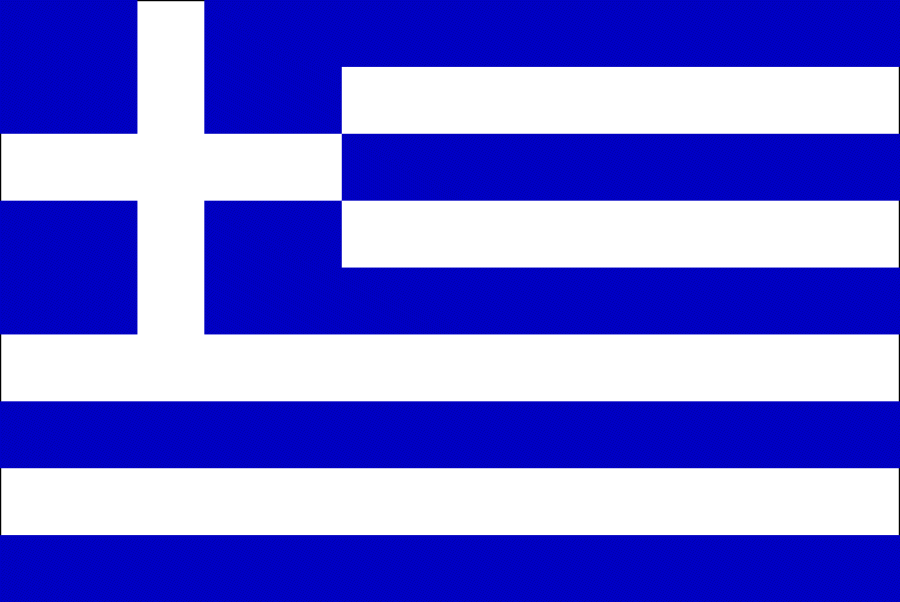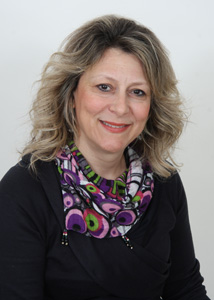
National Publications
The following publications used ISAAC data from Greece:
- Papadopoulou A, Hatziagorou E, Matziou VN , Grigoropoulou DD, Panagiotakos DB, Tsanakas JN, Gratziou C, Priftis KN. Comparison in asthma and allergy prevalence in the two major cities in Greece: the ISAAC phase II survey. Allergol Immunopathol(Madr).2011;39:347-55.
- Papadopoulou A, Panagiotakos DB, Hatziagorou E, Antonogeorgos G, Matziou VN, Tsanakas JN, Gratziou C, Tsabouri S, Priftis KN. Antioxidant foods consumption and childhood asthma and other allergic diseases: The Greek cohorts of the ISAAC II survey Allergol Immunopathol (Madr). 2015;43(4):353-360
Greece, Western Europe
| Centres: | Phase: | PI: | Age Groups |
|---|---|---|---|
| Athens | 1 | Associate Professor Christina Gratziou | 13-14, 6-7 |
| Athens | 2 | Associate Professor Christina Gratziou | 10-11 |
| Thessaloniki | 2 | Associate Professor John Tsanakas | 10-11 |
| Thessaloniki | 3 | Associate Professor John Tsanakas | 6-7 |
National Coordinator:
Roles:
- National Coordinator for Greece
- Phase One Principal Investigator for Athens
- Phase Two Principal Investigator for Athens
Associate Professor Christina Gratziou

Ass. Prof. Pulmonary and Critical Care
Medical School, Athens University
Head of Asthma and Allergy Centre
Eugenidio Hospital ,Athens
Greece
ATHENS ISAAC STORY
Phase I (1994-1995)
Greece was involved as a partner in ISAAC study for the first time in 1994 taking part in ISAAC Phase I with two centers one in Athens and one in Thessaloniki.
The aim of the Phase I ISAAC study was to evaluate allergic disease in children in Greece. The standardized questionnaire was translated in Greek and was delivered at schools and completed by parents of Children 6-7years old and 13-14 yr. Questions regarding cough, wheezing, asthma history and symptoms of rhinitis without infection and atopy, rash coming and go for more than 6 months were recorded. The meaning of asthma, allergic rhinoconjuctivitis and eczema were not widely known and attempts were made to educate parents.
71 and 38 schools for 6-7 years and 13-14 years old children respectively were randomly selected and questionnaires were sent home via children. 1654 (50.2%boys) and 2561 (47% boys) fully answered data were collected from children and adolescences respectively during May 1994 and May 1995.
Phase II (2000-2001)
Greece has also been involved in ISAAC phase II study with two centers,one in Athens and one in Thessaloniki. This study was undertaken between October 2000 - November 2001 in order to further evaluate children with asthma. In brief, children were selected from 43 primary schools (28% of the total schools) The selection of schools was random and based on the school listings provided by the Ministry of Education. All children from each school were asked to participate. The participation rates were 85%. 1003 Greek schoolchildren, aged 9-10-year-old (47.9% boys), were participated in the ISAAC-II survey. All participated children answered the ISAAC-II questionnaire, tested with skin prick testing (SPT) to seven common aeroallergen and examined for flexural dermatitis. SPTs were performed with common seasonal or perennial allergens seasonal (with additional SPts with locally important allergens ) (mixed grass pollen, mixed tree pollen and olive tree pollen,parietaria, Dermatophagoides pteronyssinus, Dermatophagoides farinae, Alternaria tenuis and cat dander). In addition according to the protocol a provocation test was performed with hypertonic saline in 100children selected of the participant who referred lifetime asthma. Data collected and analysed centrally.
Phase III (2000-2001)
Greece has also been involved in ISAAC phase III study. According to ISAAC phase III study, questionnaire was sent to parents via children 6-7 years old at schools to re- evaluate (after some years) the epidemiology of asthma, rhinitis and atopy in young children 6-7 yr as in phase I study. This time due to practical problems there was a smaller school participation and data from 858 children were collected. Data were sent to coordination center.
Full data analysis of Phase I,II,and III was done centrally by ISAAC coordination center and presented in several ISAAC Publications.National data were presented in national and international meetings.
